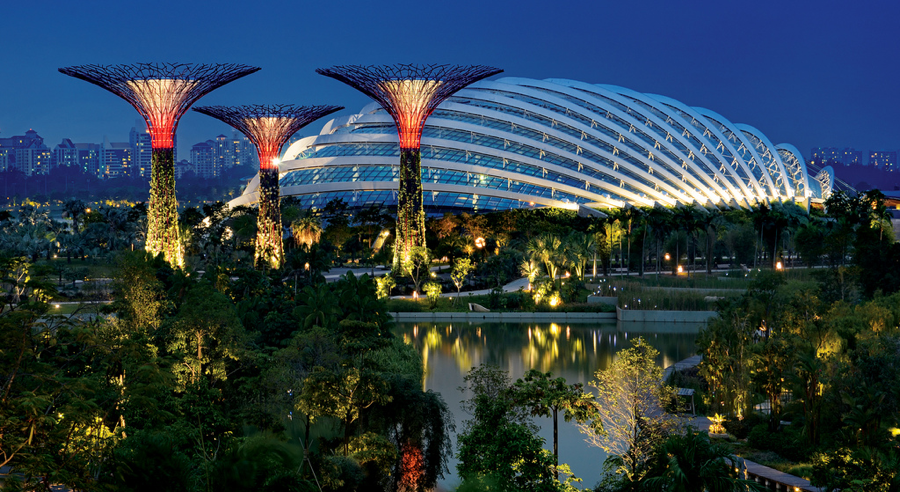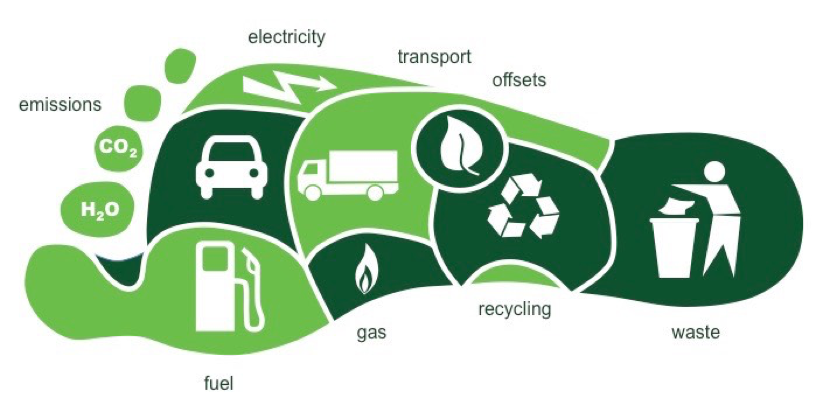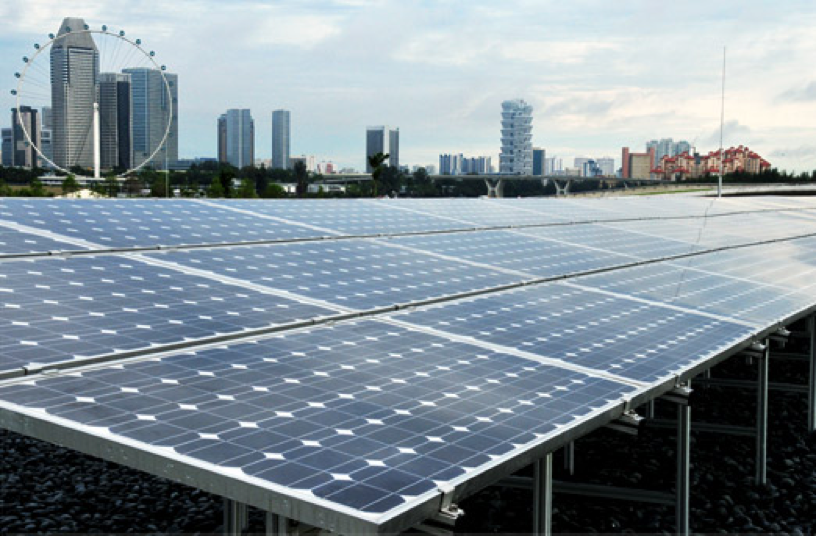
Most people would agree that Singapore is quite clean compared to other countries in the region. The government has focused on the ‘Keep Singapore Clean’ movement since 1968. The movement is active even until today, to encourage the public to keep Singapore clean.
In 1990, the concepts of ‘clean’ and ‘green’ were brought together for a Clean and Green Week campaign. This campaign has been a yearly affair ever since, and has evolved into the present Clean and Green Singapore campaign initiated by the National Environment Agency, and centred on a clean environment, a city of gardens and water, energy efficiency, and resource conservation.
But the goals set by the campaign are not sufficient for achieving a truly sustainable Singapore. Here’s why.
1. While Singapore may be a ‘city in a garden,’ this does not mean that Singapore is ‘green’

Under the City in a Garden strategy, Singapore has 300 parks and four nature reserves. However, these green spaces are carefully curated and managed, and not true examples of wildlife and forest conservation.
In fact, Singapore has only 0.5 percent (%) of primary forests that remain. The secondary forests are not spared either – Tengah, formerly a restricted military area that connects the Western and Central catchment area, is slated for development into a ‘Forest Town’.
This goal – which would involve integrating urban living with nature in Tengah – is difficult to achieve due to the inability of urban greenery to support abundant biodiversity the way that undisturbed forests can.
Artificial nature parks, such as Gardens by the Bay, are questioned for their suitability as substitutes for forests. After all, Gardens by the Bay is a far cry from unaltered nature – built on reclaimed land, and populated with artificial ‘super trees’ made of reinforced concrete.
2. Singapore has a gigantic carbon footprint

Singaporeans are responsible for the largest carbon footprint per capita in the Asia Pacific region, according to the World Wide Fund (WWF) for Nature Living Planet Report 2010.
WWF considers emissions from imported goods within Singapore’s overall carbon footprint. Our high carbon footprint is thus a sign of growing consumerism and excessive buying of goods. With the availability of luxury goods and the saturation of media with branded products and services, Singaporeans are at least somewhat to blame for our nation’s carbon footprint.
In 2014, WWF reported a further decline in Singapore’s ranking due to higher carbon emissions. The report also noted that 4.1 planets would be required to sustain our needs if everyone in the world lived as Singaporeans do.
3. Renewable energy is not working out

With growing research and development into clean energy options and smart grids, some of us may assume that the energy supplied to us is clean and renewable. However, Singapore’s geographical location has constrained us in terms of availability of renewable energy sources.
95% of Singapore’s energy comes from non-renewable natural gas. Natural gas is a hydrocarbon gas mixture made up mostly of methane. A common misconception is that natural gas is environmentally friendly. Despite the fact that natural gas produces lower carbon dioxide emissions when burnt, it is only marginally less environmentally damaging than oil and coal. Moreover, natural gas is still a non-renewable fossil fuel that releases carbon dioxide when burnt and may be depleted in time to come.
The above reasons are why Singapore is still far from a clean and green country. To live up to the title of the ‘greenest’ city in Asia, we need top-down governmental initiatives to support the efforts of ground-up organisations. A Green Movement equal to the ‘Keep Singapore Clean Movement’ could provide the support and structure that organisations, businesses, schools and communities need to make a stronger commitment to being more sustainable. Such governmental support could also encourage citizens to lead minimalist lifestyles and lower their carbon footprint.
With efforts from every level of society, we can work towards making Singapore truly clean and green.
